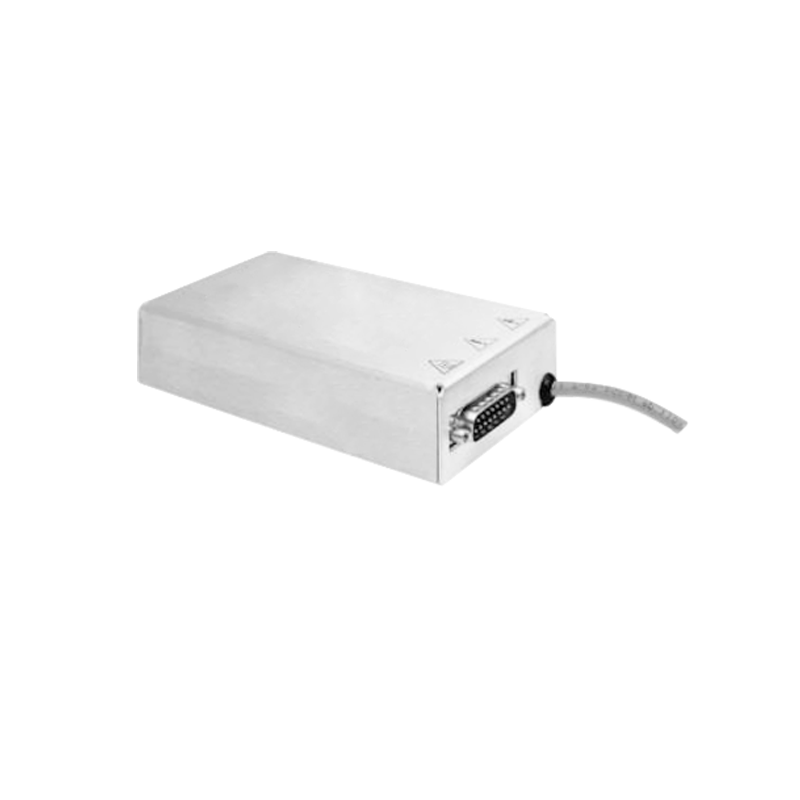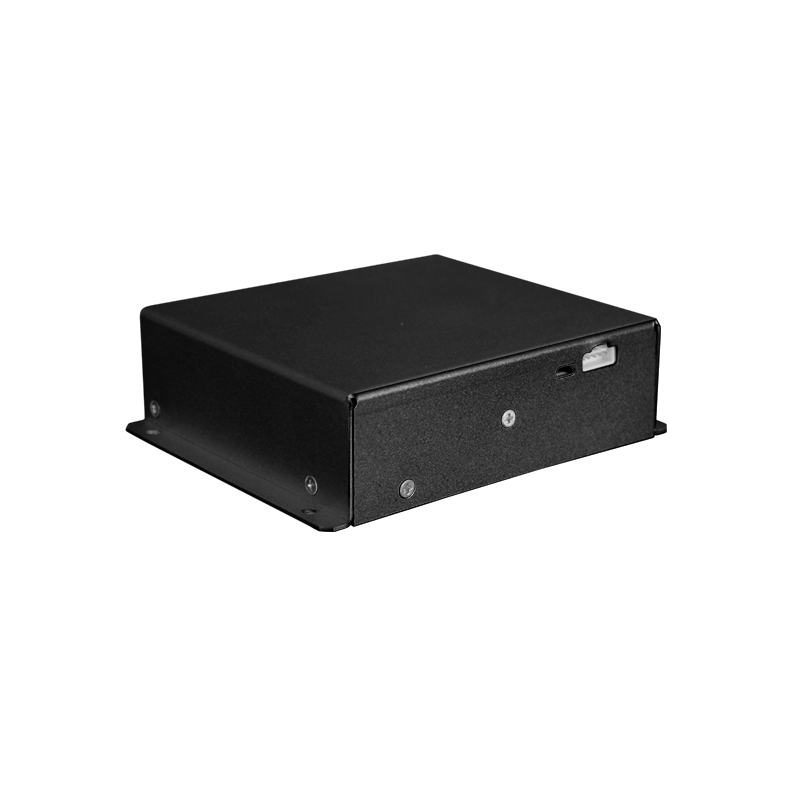Detection Signal Processing of High-Voltage Power Supplies for Non-Destructive Testing
In modern industrial production, non-destructive testing technology has become an important means to ensure product quality and safety due to its characteristic of not damaging the tested objects. As the core energy supply unit of non-destructive testing equipment, the high-voltage power supply directly determines the accuracy of test results through the quality of the detection signals it generates. Detection signal processing technology, which is crucial for extracting potential information from signals and improving detection accuracy, holds a central position in the non-destructive testing system.
The detection signals output by high-voltage power supplies for non-destructive testing often exist in complex electromagnetic environments and are vulnerable to various noise interferences, such as power frequency interference and thermal noise. The signal acquisition stage is the foundation of processing, requiring high-performance sensors and acquisition circuits with strong anti-interference capabilities. For example, in ultrasonic non-destructive testing, the ultrasonic transducer, as a sensor, its sensitivity and frequency response characteristics directly affect the quality of signal acquisition. Meanwhile, by using shielding technology and filter circuits, external noise can be effectively suppressed, enabling the acquisition of pure original signals.
Signal preprocessing is an important step in detection signal processing. Filtering techniques, such as band-pass filters, can retain signals within specific frequency bands according to detection requirements and eliminate unnecessary frequency components. After amplification, weak detection signals are boosted to an appropriate amplitude for subsequent processing, ensuring that signal features are not lost. Additionally, signal denoising is also a key aspect of preprocessing. Methods like wavelet denoising can effectively remove random noise from signals and improve the signal-to-noise ratio.
Feature extraction involves extracting information related to the defects of the tested object from preprocessed signals. In eddy current non-destructive testing, different types and sizes of defects cause specific changes in eddy current signals. Mathematical methods such as Fourier transform and wavelet transform can convert time-domain signals into the frequency domain or time-frequency domain, extracting characteristic parameters of defects, such as signal amplitude, frequency, and phase. These characteristic parameters can accurately reflect the location, size, and nature of defects, providing a basis for subsequent defect assessment.
Signal analysis and interpretation represent the ultimate goal of detection signal processing. With the help of pattern recognition and machine learning algorithms, the extracted characteristic parameters can be classified and identified. For instance, using support vector machine algorithms, through the learning and training of a large number of known defect samples, a model establishing the corresponding relationship between defect features and defect types can be created, enabling the automatic analysis of unknown detection signals and defect determination. Meanwhile, combined with visualization technology, processed signals can be presented in the form of images or charts, facilitating intuitive understanding and evaluation of test results by inspectors.
In conclusion, the detection signal processing of high-voltage power supplies for non-destructive testing is a complex systems engineering that encompasses signal acquisition, preprocessing, feature extraction, analysis, and interpretation. The optimization and improvement of each link can significantly enhance the accuracy and reliability of non-destructive testing, providing strong support for quality control and safety monitoring in industrial production.




















